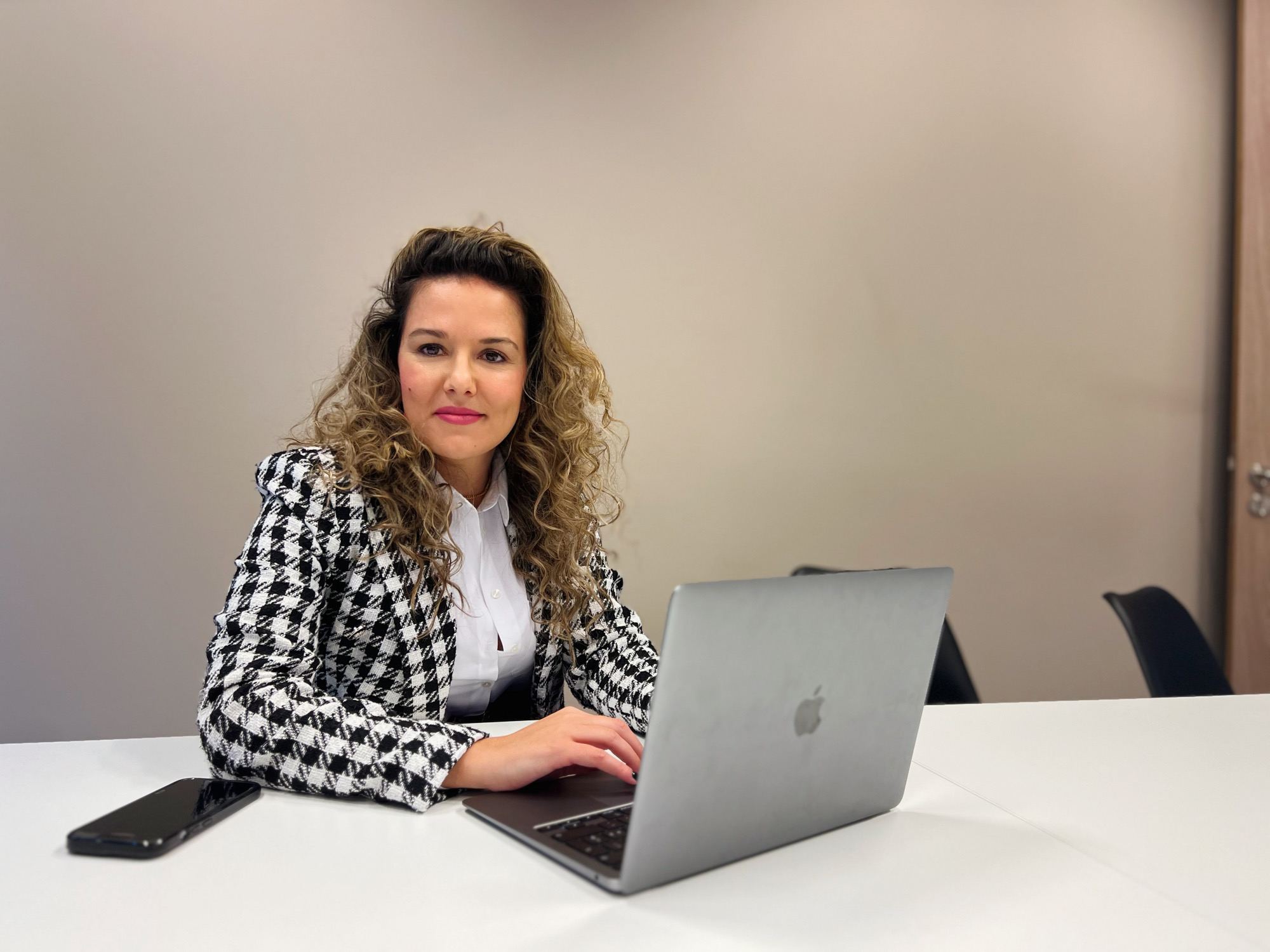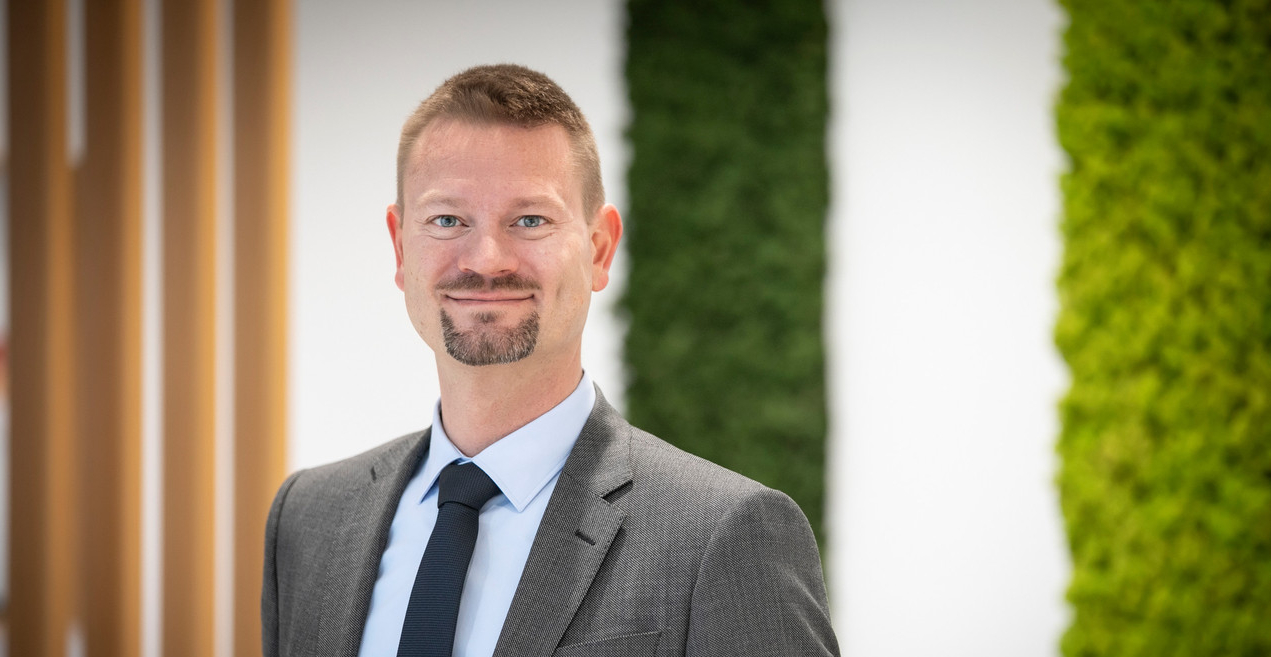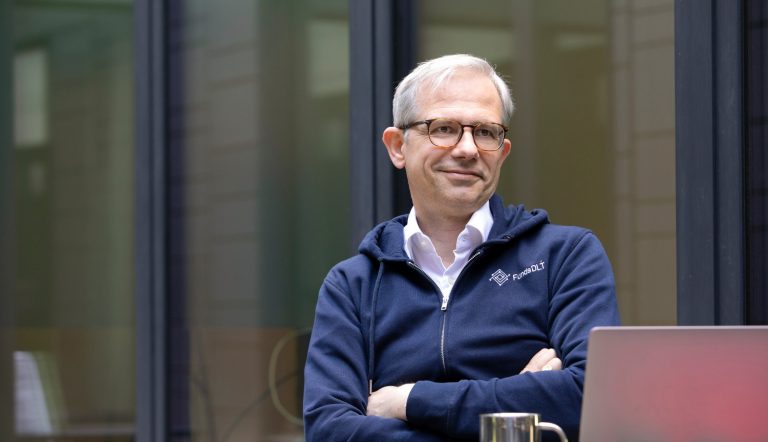Agile approaches can help fund industry companies with next-generation distribution. They provide a framework for introducing new products and services quickly and efficiently. We speak with Cristina Gómez Asencio, Head of Product Delivery & Change Management at FundsDLT.
All those involved in investment fund distribution and asset management find themselves at a crossroads. They must become more efficient, further reducing their costs, with investors expecting ever-increasing levels of service and access to data.
The digital transformation of the industry is underway in response, but actors may be daunted by the massive change ahead and can be hesitant. Agile frameworks enable them to take the first steps easily, as Cristina Gómez Asencio of FundsDLT explains.
Why Agile?
CGA: At the basic level, Agile is all about managing big or small projects or organisational change and delivering it in small but regular steps, rather than trying to deliver everything at once in some sort of big bang or changeover.
The main point or the difference between Agile and traditional waterfall projects is that in the past you might have a project for twelve months or so, you have the very detailed requirements, timelines and milestones but you do not really see anything market-ready until the very end. However, with Agile we work in continuous iterations called Sprints, so you can see the real product evolving while developing it. You learn as you go, so you can adjust or fine-tune whenever needed and not at the end.

Image Source: Atlassian (https://www.atlassian.com/agile/agile-at-scale/agile-iron-triangle)
Beyond this, for me Agile is a mindset shift, this new way of working thrives in an environment of openness and empowerment. Agile is all about people, that’s why we should create a culture in which they can reach their full potential.
How does this apply to asset managers and fund distribution companies?
CGA: The systems in place at, for example, transfer agents and others, were developed more than 20 years ago. But in the era of digital distribution, through DLT and use of big data analytics and so on, they will be increasingly unworkable. So, what we at FundsDLT are proposing is really quite revolutionary and replacing such systems and operational processes is a big ask.
“With Agile frameworks, teams can quickly pivot to address new challenges and opportunities in fund distribution” - Cristina Gómez Asencio, FundsDLT
In this situation, fund distribution companies need an approach like Agile to help them reduce the time to market with products that are usable now, and also to be able to react better in general, while not disrupting the complex systems already in place.
In what ways is the fund industry hesitant about introducing Agile frameworks?
CGA: Sometimes, people in the larger companies may think that Agile is something for small, trendy fintechs and can’t bring anything beneficial to their firm. This is definitely not true. In my previous position at a large bank, we introduced Agile frameworks successfully when developing their client facing tools. Financial services firms in general suffer from rigidity, but Agile frameworks can bring new levels of flexibility and adaptability.
Another point is that some in the industry view Agile as chaotic in approach, having no plans no roadmaps and no milestones, and this is not true. Agile allows us to make our clients and end users the drivers of our plans. After every iteration and every delivery, we use their feedback to adjust our plans to meet their expectations and growing needs.
It's about working in small batches or steps, delivering valuable increments faster and starting with a minimum viable product and adding to that in further iterations, but at each step you have a workable product.
“Agile is all about mindset. organisational change and empowering people.” - Cristina Gómez Asencio, FundsDLT
In the fund industry, it is the same thing. We can, for example, look at dividends and dividend payments; and this is a huge area. Getting this up to speed in one go is not practical, so we instead focus on one functional element at a time ensuring it is workable and usable and then adapting and building on that moving forward.
What advice would you give to funds distribution companies and asset managers on effectively transitioning from traditional methods to an Agile framework?
CGA: As a start, I highly recommend that companies who are interested in implementing Agile frameworks treat it as an organizational change rather than a mere process implementation. The power of this new way of working reveals itself in the adoption of a new culture and new mindset.
“Agile is a journey not a destination, that’s why we should commit to organizational change on all levels and focus on continuous improvement along the way.” - Cristina Gómez Asencio, FundsDLT
Furthermore, if we go back in time this Agile movement was started by software engineers who wanted to have a voice in what they are building, and this is the core of Agile: to empower people and involve them more. Switching from the traditional way of working to Agile requires breaking down silos, opening communication channels and bringing people together. Investing in creating such culture, where collaboration is praised and “one team, one goal” is adopted, will help any company go far.
I should mention too, that Agile is a journey not a destination, that’s why we should commit to this organizational change on all levels and to focusing on the continuous improvement along the way. Here, I would emphasise the importance of gathering and appreciating the feedback. To improve a product, we should be open to receiving as much feedback as possible from our clients and end users. To improve processes, we should actively seek and encourage teams to openly share their ideas and feedback.
At the end, it is worth mentioning that introducing Agile doesn’t mean we ditch our previous processes or practices, it means we’ll improve, and we’ll become more flexible, so starting with what we have, we can keep what works and ditch what doesn’t. Invest in creating a team spirit environment by bringing people together, in creating emotionally safe environments where people can contribute and participate, and be vigilant about removing silos and barriers.
And a final word?
CGA: At Fundsdlt, our mission is revolutionary and aims to help actors master the changes that are happening in the financial sector, specifically focused on fund distribution.
Using Agile provides us with the ability to put our clients at the centre of our development and to fulfil our purpose as a company. As you may see at Fundsdlt, we believe in the power of Agile because we see a concrete improvement in our results after almost one year of adopting this approach.



